Notes on Psychotherapy Practice
Learning adult analytic technique from watching mothers and babies
I've always said that if you have dedicated much of your professional career to being a child psychotherapist, you are placed in a very good position to be an even better adult psychotherapist. This comment is made in the context of how much more informed and appreciative we can be of earlier life history and the study of developmental psychopathology - my pet area of interest.
Psychoanalytic psychotherapy is just the next logical progression, following much interest in the study of developmental trajectories and quality of caregiving experiences. In line with the last post on Understanding our Unconcious: Use your Emotions, our emotions and experiences provide us with a tool for paying greater attention to countertransference and its meaning. In order for us to develop a more refined capacity of "listening" to primitive psychological phenomena, as well as in developing a receptive and containing capacity, there is a need to return to our roots - infant observation.
According to a recent post on Karnacology, "working with mother-baby pairs allows us to observe and participate in the history-in-the-making because we are present at the time and place of the events. Countertransference is always highly exalted because the analyst deals with psychic phenomena “live”, from their beginnings, in their first relationship, at the very moment they occur. The observer refines the process of discrimination of the phases of normal development, and thus, learns to move through different levels of her personal psychic structure and to be used in clinical work according to the needs of each phase."
The infant observation experience also enables further development of knowledge and understanding of the basic principles of therapeutic and preventive work in the early years. We have suggested that to remain together, to listen, to contain, to welcome and to share uncritically the unconscious experiences of mothers are aspects of the observation which, in our view, are themselves therapeutic and mostly welcomed at a challenging moment in a woman’s life.
A professional previously trained in infant observation takes with him a refined internal setting that can adapt to different external settings (Caron & Lopes, 2015). In this way it is also possible to make an “applied” observation in which he can, in some cases, take on a therapeutic role in a real exercise psychotherapy. The therapist then becomes the crucible with which it allows the patient to project his or her conscious and unconscious material, allowing for adequate working through in the transference. Hence, I encourage us to be observers, not in scrutiny, but in as the Bick method of observation suggests, noticing the "mother-infant dyad's exchanges, gestures, sensations, matches and mismatches, which promotes the discovery or rediscovery of nonverbal communication and regression in the observer."
See the suggested reading for an excellent derivation of analytic technique from infant observation, description of the Bick Method, and applications to perinatality - Learning About Human Nature and Analytic Technique from Mothers and Babies, by Nara Amália Caron and Rita Sobreira Lopes.
For the courageous, and access to the International Journal of Psychoanalysis, have a go at reading Bick's 1964 article, Notes on Infant Observation in Psycho-Analytic Training.
For more on Esther Bick and Kleinian Object Relations, refer to The Melanie Klein Trust.




What is the psychological mechanism of Projection? How can we understand and manage it?